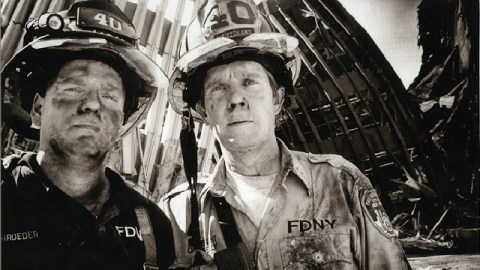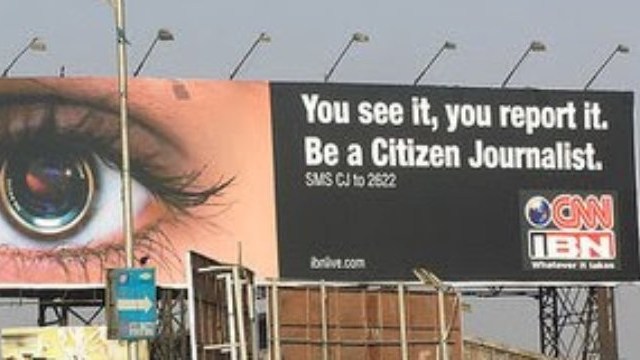Picturing 9/11: Photography, Tragedy, and Heroism

Just a few weeks after September 11, 2001, the owner of a vacant storefront on Prince Street in Soho taped a picture of the lost World Trade Center in the front window. The desire to remember and understand what had just happened in pictures soon led to a call for submissions from those who had photographed something from the attacks and their aftermath. By Christmas, more than 1,500 photographers—amateurs and professionals—had submitted over 4,000 images to the exhibition that came to be called here is new york. Even more amazingly, more than a quarter of a million viewers came to Prince Street to see them. Ten years later, the Southeast Museum of Photography reunites some of those images in the exhibition A Second Telling. These photographs of 9/11, like so many from that time, demonstrate the seemingly endless capacity of photography to capture both tragedy and heroism and to preserve those qualities for posterity.
Preservation drove the Southeast Museum of Photography to acquire approximately 50 images from the 1,200-photograph show that travelled outside New York City in 2002 after here is new york closed. Daytona Beach, Florida, seems an odd place for New York’s darkest and brightest moments to reside, but the dedication of the museum to collect and present these images proves that we all were New Yorkers on that day, and still are.
I’ve always been fascinated by the multifaceted relationship of photography and September 11th. For me, the single most eerily beautiful and unforgettably disturbing photograph is Richard Drew’s now-infamous The Falling Man. In a recent interview, Drew called it “the most famous photograph no one has seen,” since many newspapers and magazines refused to publish it then and still do now. Don DeLillo based a novel on the photo, even using the same name as the title of Drew’s photo, yet couldn’t use the photo itself for his cover. Even though it is common knowledge that many victims jumped from the burning towers rather than perish in the flames, the idea of seeing that reality captured marks some limit of how we wish to picture that event.
The photos of A Second Telling strike more elegiac and honorific notes than the mix of horror and aesthetic perfection in The Falling Man. Christophe Agou’s photo of the twisted metal framework of Ground Zero as seen through a shattered window frame transformed into an ad hoc cross will make you see the site as a mass grave, as hallowed ground watched over by a mourning deity. (Or, to play Devil’s advocate, it will make you wonder how a just and loving God could have allowed such evil to occur.) Mark Selliger’s photo (shown above) of two firefighters—proud and resolute faces covered in soot—standing tall with the wreckage behind them redefines the meaning of “twin towers.” Selliger celebrates the simple pride of these first responders in their city, their country, and their job and challenges us to respond with anything less than gratitude and amazement.
The lingering power of these photographs to inspire makes this “second telling” more than worthwhile. For those of us old enough to have lasting memories of that day and the days that followed, A Second Telling opens old wounds while reinforcing older values. For those not old enough or, like my sons, not even alive on September 11th, this exhibition and others like it that preserve the visual truth of that time will keep the lessons alive in a way that no history book ever will.
[Image:Untitled. Digital print, 9.25″ x 14″. Image copyright Mark Selliger.]
[Many thanks to the Southeast Museum of Photography for providing me with the image above and other press materials from their exhibition A Second Telling, which runs through October 2, 2011.]





